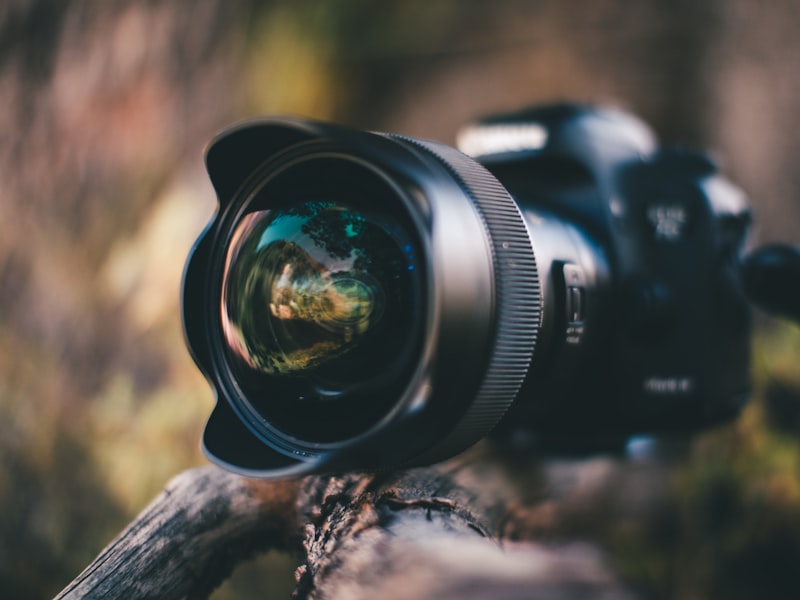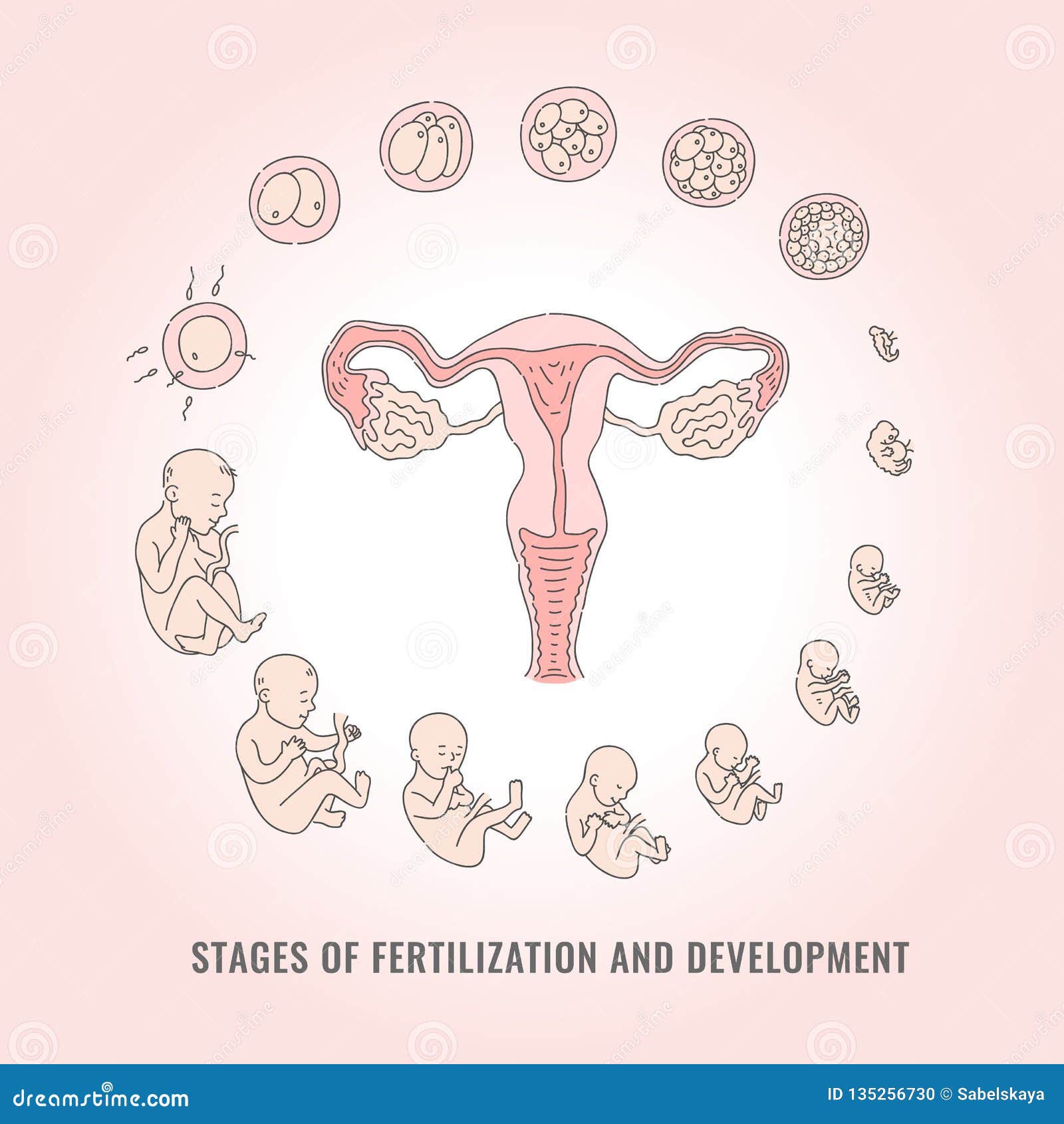Getting The "From Pollination to Fruitfulness: A Guide to Fertilization in Plants" To Work

Coming from Pollination to Fruitfulness: A Manual to Fertilization in Plants
Fertilization is a crucial procedure that occurs in the life pattern of plants. It is the process by which male and women procreative cells unite, resulting in the buildup of seeds and fruits. Without fertilization, plants can easilynot make fruit products or seeds, and duplication can easilynot take spot. In this write-up, we will definitely go over the fertilization procedure in plants, featuring pollination, types of fertilizing, and factors affecting it.
Pollination
Pollination is the 1st measure in the fertilizing process. It is the transfer of plant pollen coming from the male reproductive organ (strength) to the women procreative body organ (pistil) of a blossom. There are actually two styles of pollination: self-pollination and cross-pollination.
Self-pollination takes place when pollen coming from a floral's endurance properties on its own pistil. This may take place normally or artificially with individual intervention. Self-pollinating plants include greens, grains, tomatoes, and peppers.
Cross-pollination happens when pollen coming from one blossom is moved to yet another bloom on a various vegetation of the same species. This may take place normally by means of wind or pests such as bees or butterflies.
Types of Fertilizing
Once pollination has happened, fertilizing can take location. There are actually two styles of fertilization: internal fertilization and exterior fertilizing.
Inner fertilization takes place within flowers that possess both male and women procreative body organs (hermaphrodite). This Article Is More In-Depth created through the endurance trip down to the ovules located at the bottom of pistil where they combine along with egg tissues by means of a procedure called dual fertilization.
Outside fertilization happens outside flowers where male ovums are launched in to water physical bodies such as seas or pools to comply with along with women ovums for blend. Outside plant foods are normally aquatic organisms such as fish or frogs.
Aspects Having an effect on Fertilisation
A number of variables may have an effect on fertilizing in plants. These consist of the availability of pollinators, environmental ailments, and genetic variables.
Supply of Pollinators: Pollinators such as bees, butterflies, and various other pests participate in a crucial job in the fertilizing process through moving plant pollen from one blossom to another. The absence or downtrend of pollinators as a result of to habitat loss, chemical make use of or weather modification can affect plant fertilization leading to minimized plant yields and also termination of particular plant species.
Environmental Conditions: Ecological health conditions such as temperature, moisture, and rainfall can additionally influence fertilization. For instance, higher temperatures may lead to plant pollen grains to dry out out or come to be nonviable while reduced temperatures might meddle with the advancement of procreative organs leading to inadequate fertilization.
Genetic Variables: Genetic variables also participate in a part in plant fertilizing. Various vegetations possess various devices for self-pollination or cross-pollination relying on their genetic make-up. Some plants have built one-of-a-kind adjustments that allow them to entice details types of pollinators while others depend on wind for pollination.
Final thought
Fertilizing is a important method that permits vegetations to reproduce and generate fruits and seeds. Without it, we would not have the abundance of food crops that we enjoy today. Understanding the fertilization procedure is necessary for farmers and garden enthusiasts who desire to strengthen crop yields by means of effective control techniques such as ensuring appropriate pollinator populations, offering suited ecological disorders for growth, or choosing suited cultivars along with preferable characteristics.

